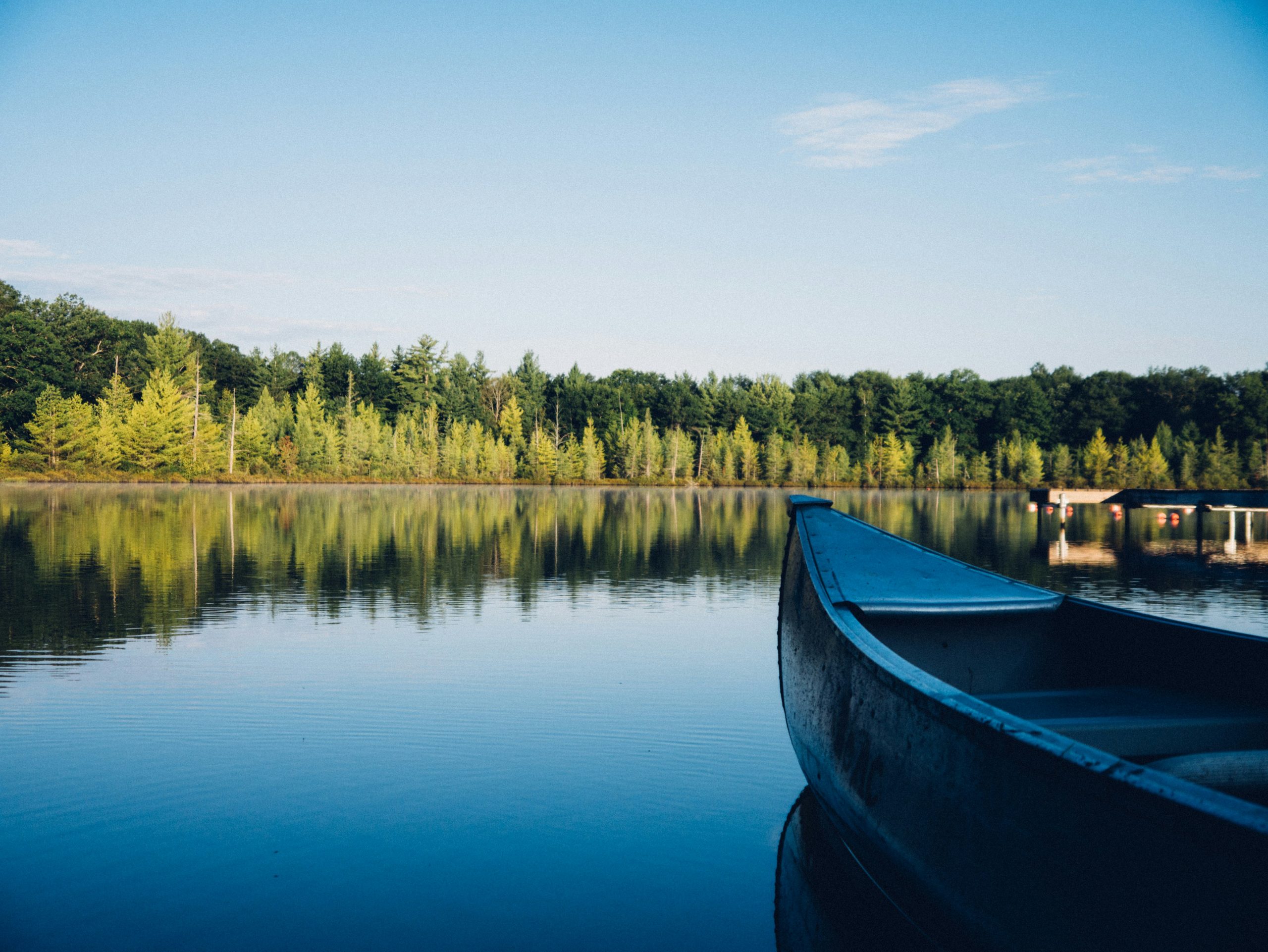
Fishing the Texas Coast Tips
- Share
- Share
- Share
- Share
Coastal fishing in Texas offers an exciting range of opportunities, from the deep waters of the Gulf of Mexico to the estuarine bays and shallow coastal areas. Here are some comprehensive tips to help you make the most of your coastal fishing adventures in Texas:
**1. Know the Fishing Regulations
- Fishing License: Ensure you have a valid Texas saltwater fishing license. This can be purchased online via the Texas Parks and Wildlife Department (TPWD) website or at local retailers.
- Regulations: Familiarize yourself with the specific regulations for the area you’ll be fishing in, including size and bag limits for various species. Regulations can vary by location and season.
**2. Choose the Right Gear
- Rod and Reel:
- Saltwater Rods: Use a medium to heavy-action rod for offshore fishing and a lighter rod for inshore fishing.
- Reels: For offshore fishing, choose a high-capacity reel with a good drag system. For inshore, a spinning reel or baitcasting reel with a good line capacity is suitable.
- Line: Use braided line for its strength and sensitivity. For offshore, consider using a heavier line (20-30 lb test) and for inshore, a lighter line (10-20 lb test) is often appropriate.
**3. Select the Right Bait and Lures
- Live Bait: Shrimp, mullet, and croaker are popular choices. Live bait can be very effective, especially inshore.
- Artificial Lures:
- Soft Plastics: Use for various species including trout and redfish. Popular colors are white, chartreuse, and pink.
- Topwater Lures: Effective for targeting species like redfish and trout, especially early in the morning or late in the evening.
- Jigs and Spoons: Useful for both inshore and offshore fishing.
**4. Understand the Tides and Weather
- Tides: Fish are often more active during certain tide conditions. For many species, fishing just before or after high tide can be productive.
- Weather: Monitor the weather conditions before heading out. High winds, storms, and sudden changes in weather can affect fishing and safety.
**5. Know Where to Fish
- Inshore: Look for structures such as mangroves, oyster reefs, grass beds, and jetties. These areas attract baitfish and, consequently, larger predatory fish.
- Offshore: Target structures like reefs, drop-offs, and underwater ledges. The Gulf of Mexico offers a range of offshore opportunities from shallow reefs to deep-sea fishing.
**6. Safety and Preparation
- Safety Gear: Always wear a life jacket when fishing from a boat. Ensure your boat is equipped with necessary safety equipment.
- Sun Protection: Wear sunscreen, a hat, and sunglasses to protect yourself from the sun.
- Hydration and Snacks: Bring plenty of water and snacks to stay hydrated and energized.
**7. Learn Local Techniques
- Fishing Guides: Consider hiring a local fishing guide to learn about the best techniques, spots, and bait for the area.
- Local Knowledge: Talk to local anglers and bait shops for advice on current fishing conditions and hotspots.
**8. Respect the Environment
- Catch and Release: Practice catch and release to help maintain fish populations and ecosystems, especially for species that are not intended for consumption.
- Clean Up: Always clean up after yourself and dispose of trash properly. Follow the principle of leaving no trace to preserve the natural environment.
**9. Practice Patience and Observation
- Patience: Coastal fishing can sometimes require patience. Be prepared to wait for the right moment, especially in changing tide conditions.
- Observation: Pay attention to bird activity, water movement, and other signs that might indicate the presence of fish.
**10. Fishing Spots to Consider
- Galveston: Offers a range of inshore and offshore fishing opportunities. Popular spots include the jetties and the nearshore reefs.
- Port Aransas: Known for its excellent offshore fishing and access to various species like snapper and tarpon.
- South Padre Island: Provides opportunities for both inshore and offshore fishing, with access to a wide range of species.
- Rockport: Offers diverse fishing environments, including bays, estuaries, and nearshore waters.
By following these tips and preparing adequately, you can enhance your coastal fishing experience in Texas and increase your chances of a successful and enjoyable outing.
For more fishing tips and advice and to find the very best fishing guides in America visit us at www.usfishingguides.com. At USFG we bring only the very best guides in the United States together under one roof to ensure you have the most amazing experience possible.
Check us out, tell a friend and get out and go fishing. To learn more visit www.usfishingguides.com
Fishing the Texas Coast Tips

We write rarely, but only the best content.
Please check your email for a confirmation email.
Only once you've confirmed your email will you be subscribed to our newsletter.



